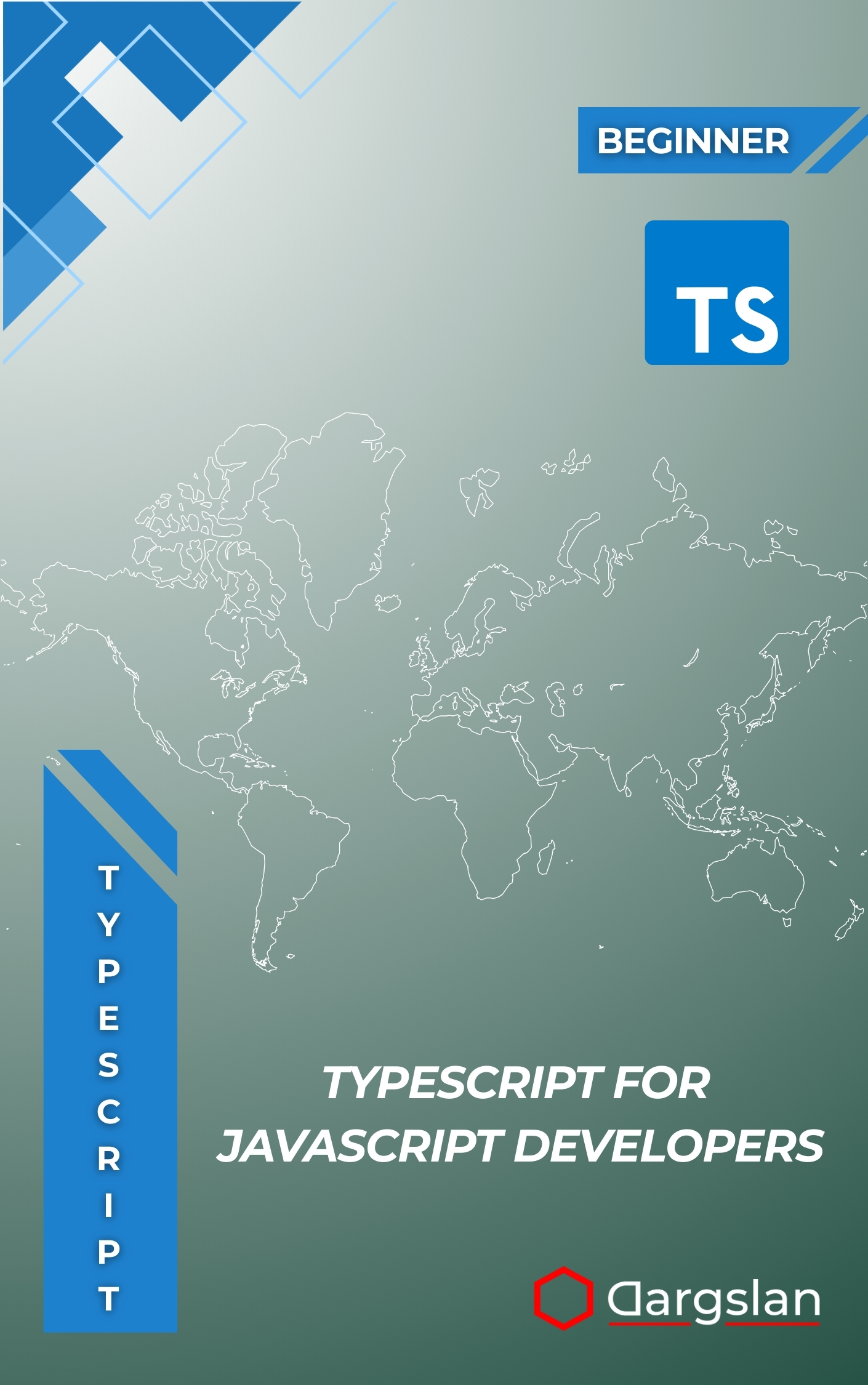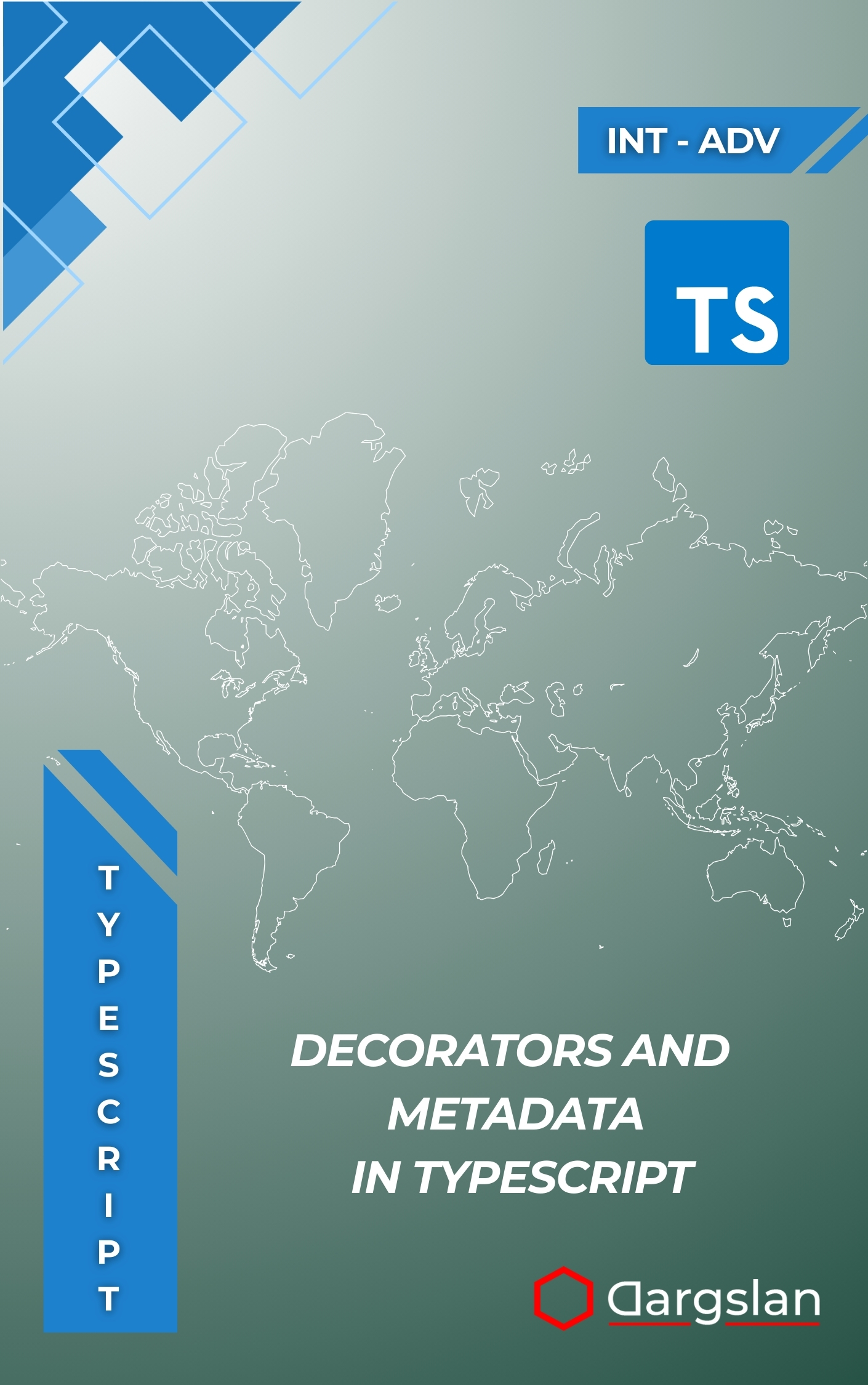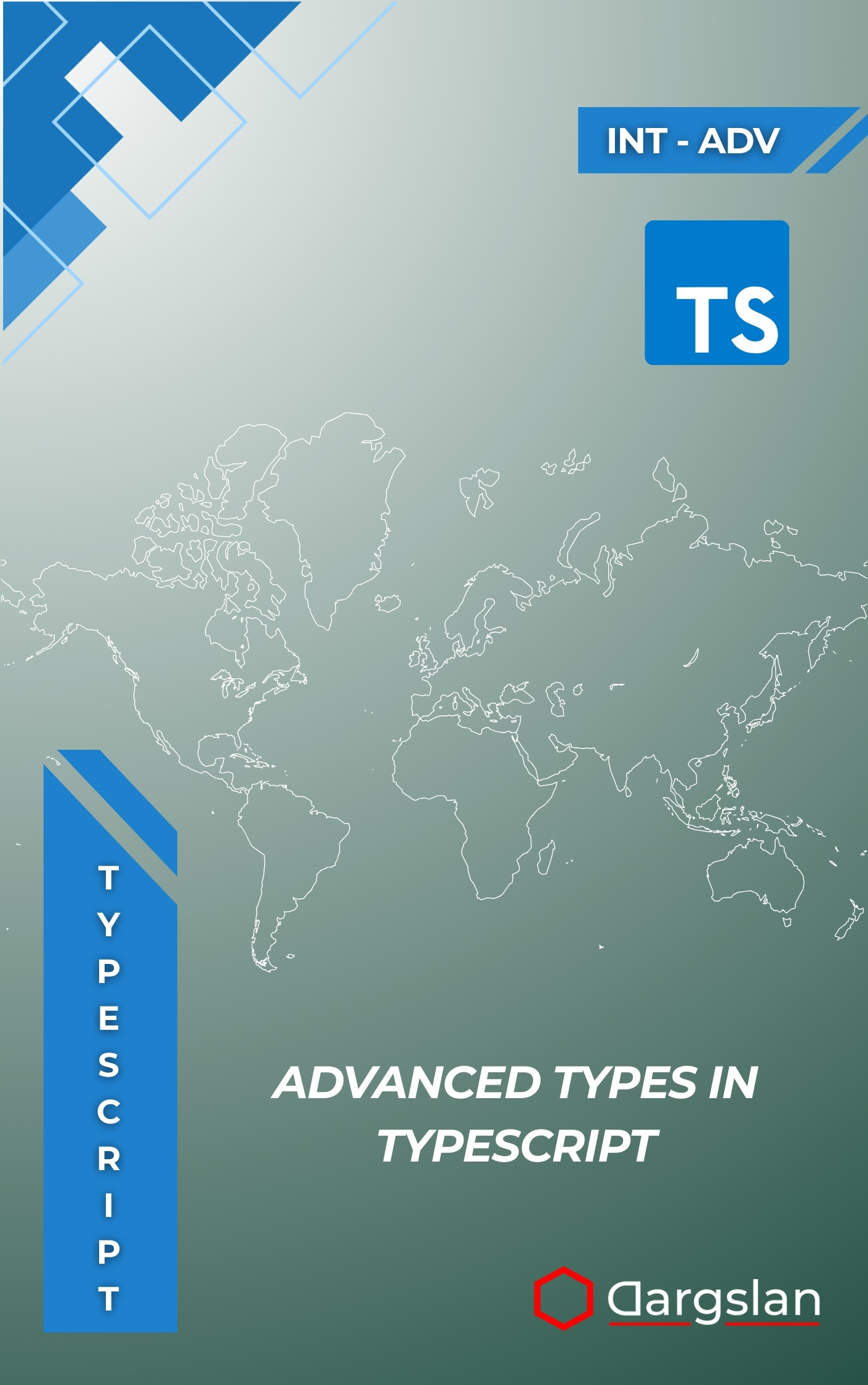TypeScript for JavaScript Developers
TypeScript for JavaScript Developers,Transition from JavaScript to TypeScript for safer, type-checked development.

Stop losing hours to runtime surprises and ambiguous data contracts. With the right guidance, you can evolve familiar JavaScript patterns into safer, faster, and more maintainable solutions without sacrificing your team’s velocity.
This expert-crafted guide shows you how to add strong typing where it matters, document intent through interfaces, and scale your codebase with confidence. You’ll learn how to adopt modern TypeScript idioms while still shipping features on schedule.
From your first typed function to production-grade architectures, you’ll move step by step, building real-world skills that transfer directly to React, Vue, Node.js, and full-stack projects.
A Practical Transition Guide to Strong Typing, Interfaces, and Scalable Code
Overview
TypeScript for JavaScript Developers is A Practical Transition Guide to Strong Typing, Interfaces, and Scalable Code that turns existing JavaScript experience into production-ready TypeScript proficiency. As an IT book, programming guide, and technical book, it explains the TypeScript type system, interfaces and type aliases, generics and utility types, classes and object-oriented patterns, union and intersection types, and module systems and namespaces with clarity and hands-on examples. You’ll also learn framework integration, migration strategies, testing approaches, performance optimization, project architecture, third-party library integration, error handling patterns, compilation configuration, ESLint integration, and debugging techniques applied to real-world apps.
Who This Book Is For
- JavaScript engineers who want to eliminate runtime errors and ship confidently—gain practical fluency with types, interfaces, and modern tooling without rewriting everything from scratch.
- Team leads and senior developers guiding migrations—learn patterns for incremental adoption, improving developer experience, and establishing scalable conventions that reduce technical debt.
- Full-stack and backend developers building Node.js services—add robust contracts across API boundaries, improve observability, and enforce reliability from data models to controllers.
Key Lessons and Takeaways
- Design expressive types that communicate intent—use interfaces and type aliases to model domain entities, enforce API contracts, and improve editor auto-completion.
- Level up with advanced features—apply generics and utility types, union and intersection types, and classes and object-oriented patterns to write reusable, future-proof modules.
- Ship production-grade projects—configure compilation options, set up ESLint integration, and adopt testing approaches that catch regressions early while keeping CI fast.
Why You’ll Love This Book
The writing is concise, practical, and grounded in real-world development. Each concept is paired with use cases, trade-offs, and step-by-step guidance so you can apply it immediately to React components, Vue stores, Node.js services, and shared libraries. You’ll find a balance of conceptual depth and hands-on patterns that scale from small utilities to large, modular monorepos.
How to Get the Most Out of It
- Follow a progressive path—start with the TypeScript type system basics, then build up to interfaces and type aliases, generics and utility types, and advanced compositions like union and intersection types.
- Apply concepts in your current stack—wire types into React props, Vue emits, and Express request handlers; adopt strict null checks; and gradually enforce typed boundaries around critical modules.
- Practice with mini-projects—create a typed HTTP client, a domain model with discriminated unions, and a utility library leveraging mapped and conditional types to solidify your understanding.
Deep-Dive Highlights You’ll Master
- Framework integration: Confidently type React hooks and contexts, Vue components and composables, and Node.js services, ensuring seamless DX across your stack.
- Migration strategies: Move incrementally from .js to .ts using allowJs and declaration files, strengthen types around boundaries, and retire unsafe any values strategically.
- Project architecture: Organize code with module systems and namespaces, adopt path aliases, share types across packages, and establish clear layering rules for large codebases.
- Third-party library integration: Use DefinitelyTyped, write ambient declarations, and augment module typings to stabilize vendor integrations without blocking delivery.
- Compilation configuration: Tune tsconfig for speed and safety, leverage incremental builds and composite projects, and align outputs with bundlers like Vite, Webpack, and esbuild.
- Testing approaches: Pair TypeScript with Jest or Vitest, use ts-jest or SWC transforms, and enforce type-safe test utilities to prevent flaky tests and production regressions.
- Performance optimization: Reduce build times with project references, cache-aware pipelines, and type-check splitting, keeping feedback loops tight for large teams.
- Error handling patterns: Model recoverable vs. fatal errors, use result types and discriminated unions, and centralize error contracts for consistent observability.
- Debugging techniques: Map stack traces to source with accurate sourcemaps, inspect type inference in editors, and quickly isolate issues with strict compiler flags.
Practical Wins You Can Implement This Week
- Add types to your most fragile modules first, then turn on strict mode and fix issues iteratively to prevent breaking changes.
- Introduce interfaces to document service boundaries, and publish shared types to reuse across frontend and backend.
- Replace ad-hoc validation with typed schemas and narrowings, cutting entire classes of runtime errors.
Get Your Copy
If you’re ready to accelerate your career and bring professional-grade reliability to your JavaScript projects, this is the upgrade path you’ve been looking for. Build momentum today with a proven, battle-tested roadmap.




